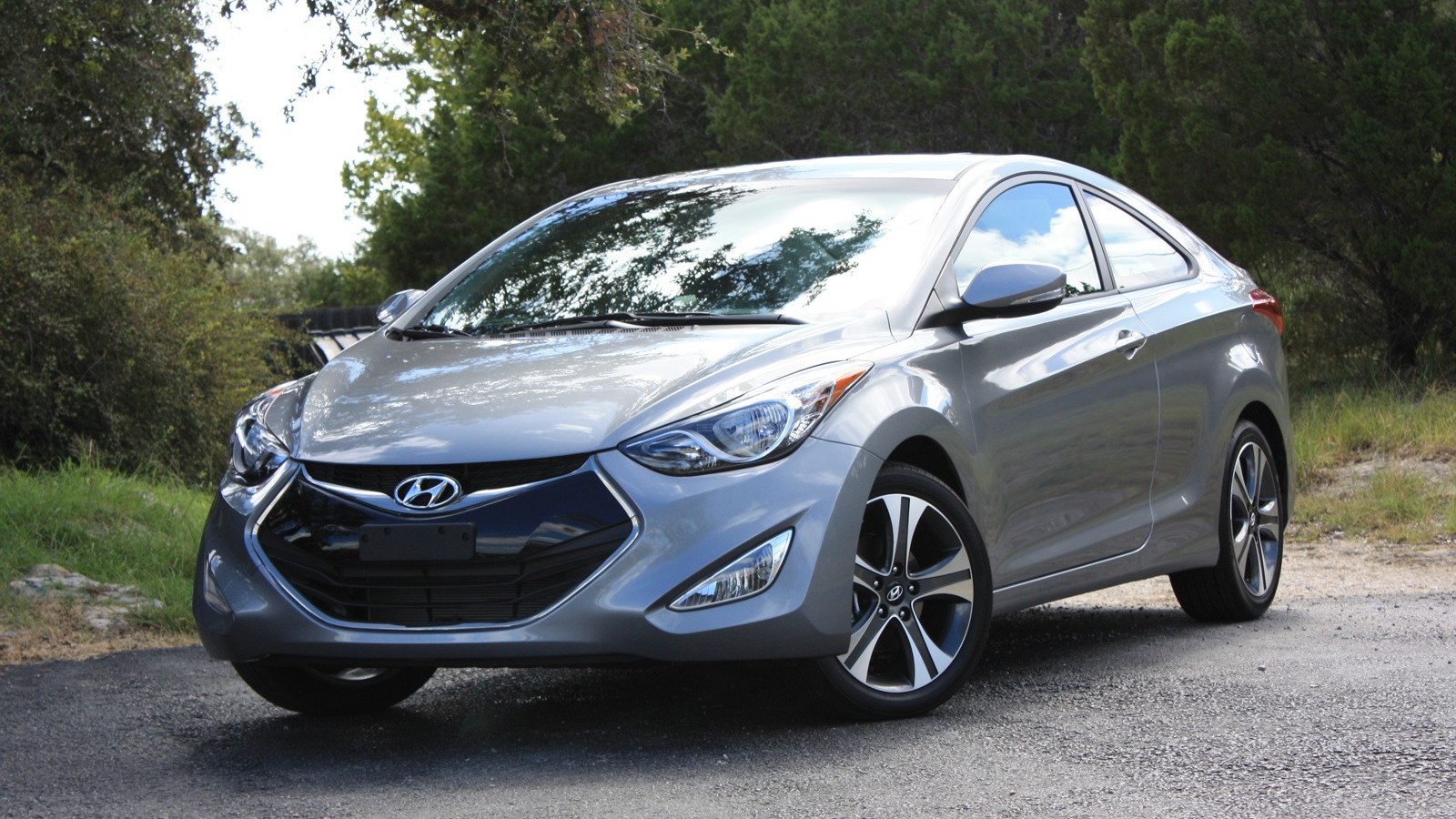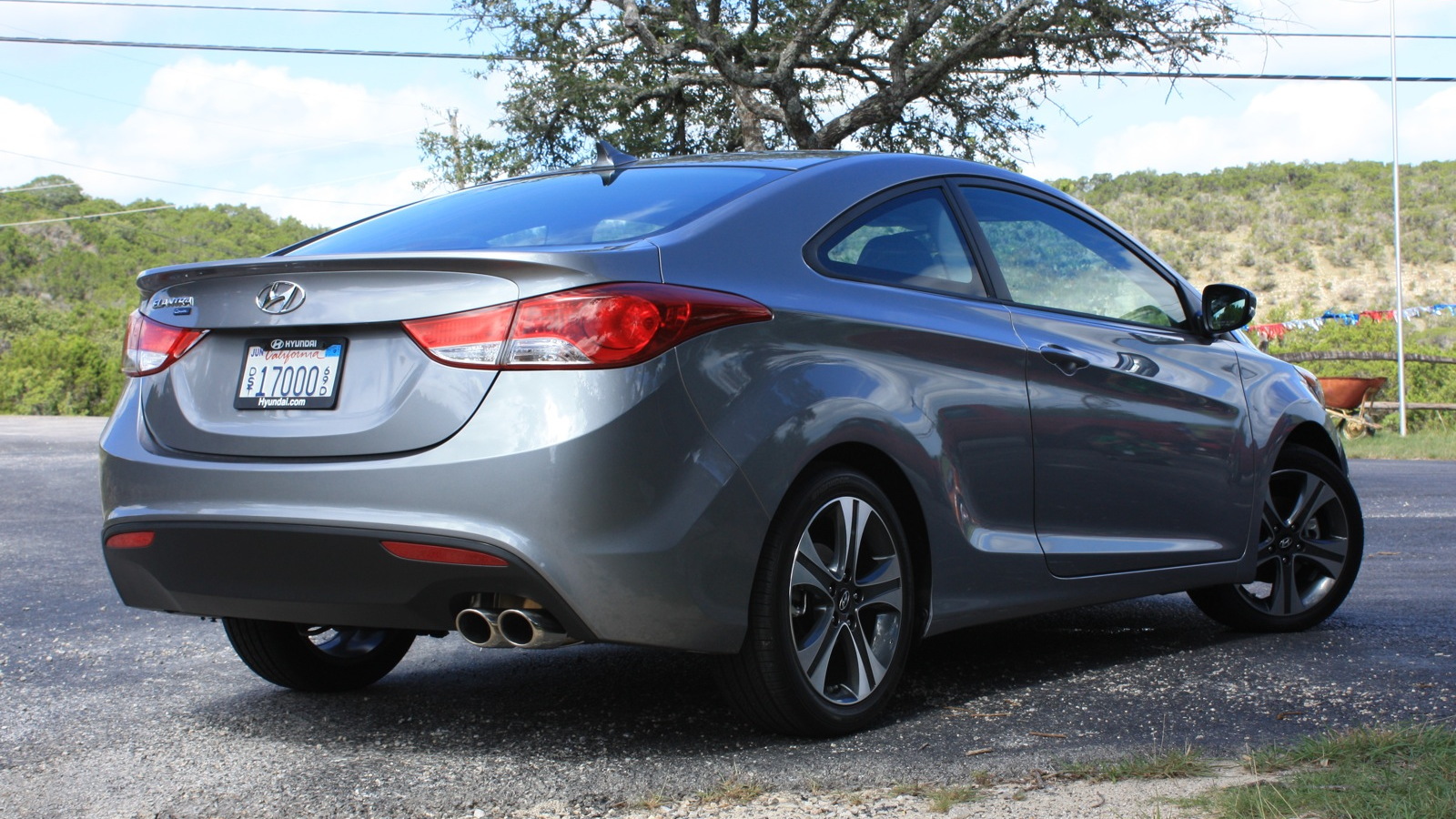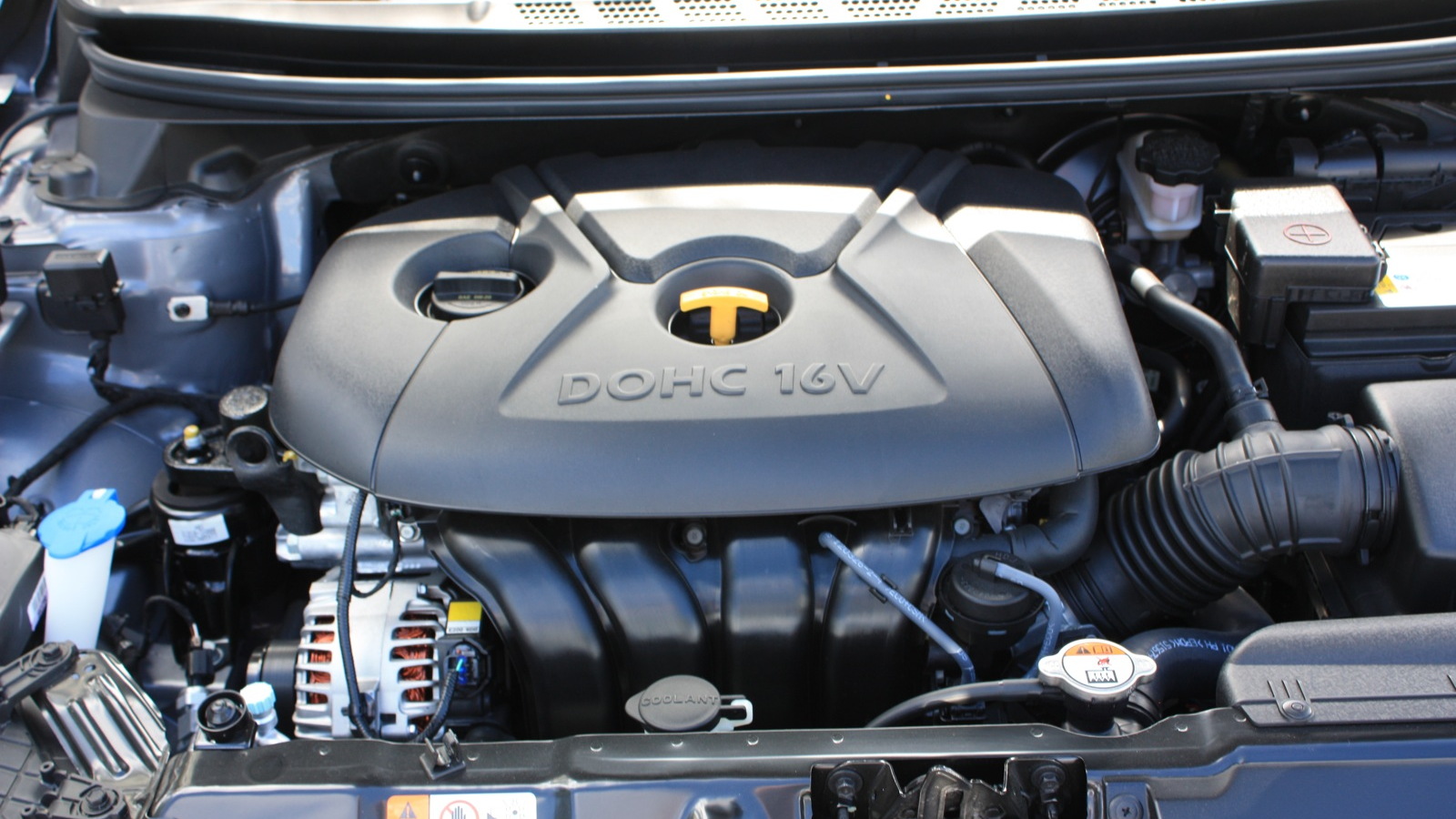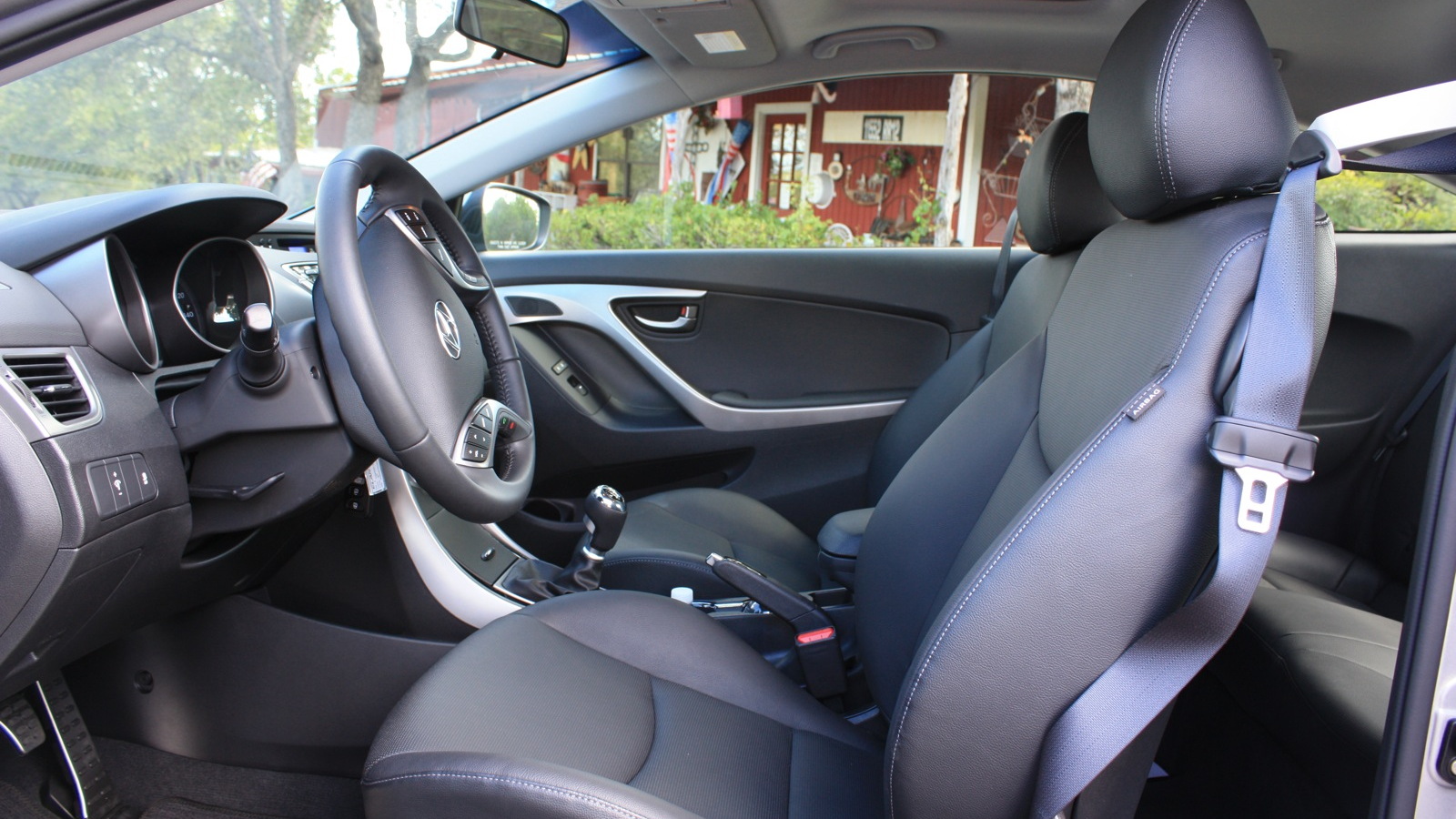Kia goes one better, offering its Forte in coupe, hatchback or sedan variants, which left parent company Hyundai at a disadvantage with its Elantra compact lineup. If you wanted a new Elantra, you had to settle for the sedan body style, since the compact wagon Elantra Touring model was based on the previous generation platform.
That’s changed for the 2013 model year, as Hyundai now offers up the Elantra in Sedan, Coupe and Hatchback variants. Each is impressive on its own, and (surprisingly) each has a distinctly different feel to it.
We’ve already covered the Elantra Sedan is some detail, praising the car for its up to 40 mpg highway fuel economy, solid value and good looks. In fact, the biggest problem that Hyundai has had with the car to date is building enough to meet demand, requiring many customers to buy, sight unseen, from inbound inventory.
2013 Hyundai Elantra Coupe
As good as the Elantra Sedan is, its four-door body isn’t for everyone. A coupe certainly looks better and conveys a more sporting message, which is exactly why Hyundai opted to build the new two-door Elantra Coupe.
Power comes from the same 1.8-liter four-cylinder engine used in the Elantra Sedan, which means that the Coupe gets the same reasonable 148-horsepower rating. It manages to achieve an impressive fuel economy rating, too, hitting 40 mpg highway and 29 mpg city when equipped with the six-speed manual transmission.
Opt for the six-speed automatic, and the Elantra Coupe still delivers an admirable 39 mph highway and 28 mpg around town. While our choice would be the six-speed manual gearbox, the automatic includes paddle shifters for those times when you want to row your own gears.
On the road, the Coupe has a sporty demeanor that makes it engaging to drive. It’s not going to fill any shelves with autocross trophies, but that’s not the point of the car. The Elantra Coupe is all about style, content, value and economy, and in these areas the car excels.
It’s got a surprising amount of interior room, too, besting not only the Honda Civic Coupe (by over 15 cubic feet) and the Kia Forte Koupe (by nearly seven cubic feet), but also the larger Honda Accord Coupe (by six cubic feet) and the Nissan Altima Coupe (by over 12 cubic feet).
2013 Hyundai Elantra GT
If it’s cargo room you’re looking for, however, you’ll want to take a close look at the new Hyundai Elantra GT. Designed to take on the Mazda3, Toyota Matrix and Ford Focus, the GT ups the ante by offering a surprising number of premium features for the price, which starts at just $19,170 including destination charge.

2013 Hyundai Elantra GT
Depending upon model and packages chosen the Elantra GT can be equipped with an ionizing dual-zone automatic climate control, keyless entry and push-button start, a 10-way adjustable power driver’s seat, a panoramic sunroof, navigation and a concealed rear-view camera. Hyundai’s Blue Link telematics system is standard, too.
Like other Elantra models, the GT uses the 1.8-liter Nu engine and delivers impressive fuel economy. Opt for the six-speed manual (which, thankfully, is available throughout the Elantra GT range) and the hatchback returns 39 mpg highway and 27 mpg city. Go for the six-speed automatic and you’ll get the same highway fuel economy with one mpg better around town.
The Elantra GT is a light car, too, tipping the scales at just 2,745 pounds with the manual transmission. While that helps with fuel economy, it also helps with acceleration, cornering and braking performance, making the GT feel like the most nimble model in the Elantra family.
Although the Elantra GT accelerates harder, turns quicker and stops shorter than you expect it to, it still manages to deliver a surprisingly comfortable ride for both driver and passenger. Even with the sport suspension (standard on Style and Tech package-equipped cars), the ride never borders on harsh.
Maybe it’s the unexpected premium content, or the updated fluidic sculpture design, or its overall value, but we’d likely pick the GT as our favorite Elantra model and quite possibly our favorite non-luxury Hyundai model.
Sure, it has features that we’d never use (like the adjustable steering response, which we’d just leave in Sport), and we'd really love to see turbodiesel power, but the Elantra GT strikes us as the type of car you could drive to work all week long, yet still enjoy on a weekend road trip to the country or a week-long drive from coast to coast.
We’ve been impressed with the new Elantra since the launch of the sedan in 2011, and the addition of the Coupe and GT rounds out the product line to two new segments of the marketplace.
Both blend fuel economy and entertainment value in equal portions, so we suspect that Hyundai’s biggest challenge will again be building enough inventory to meet demand.
+++++++++++
















